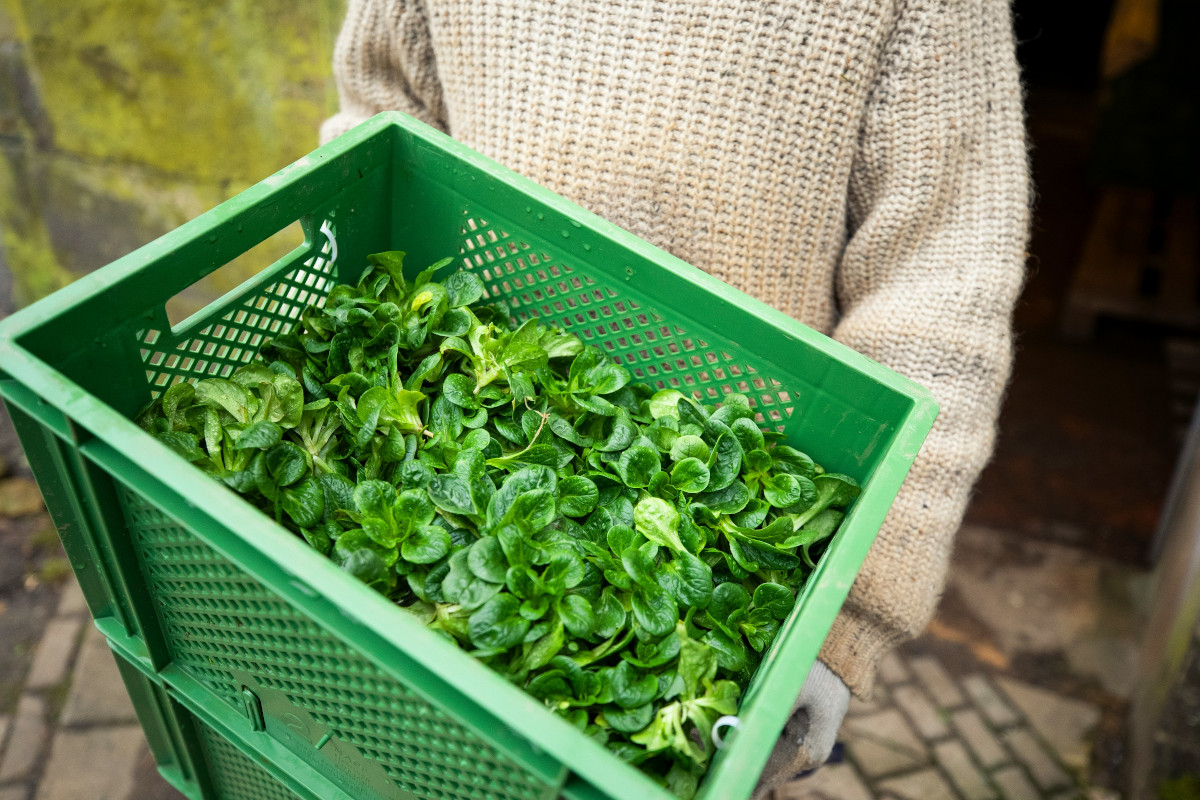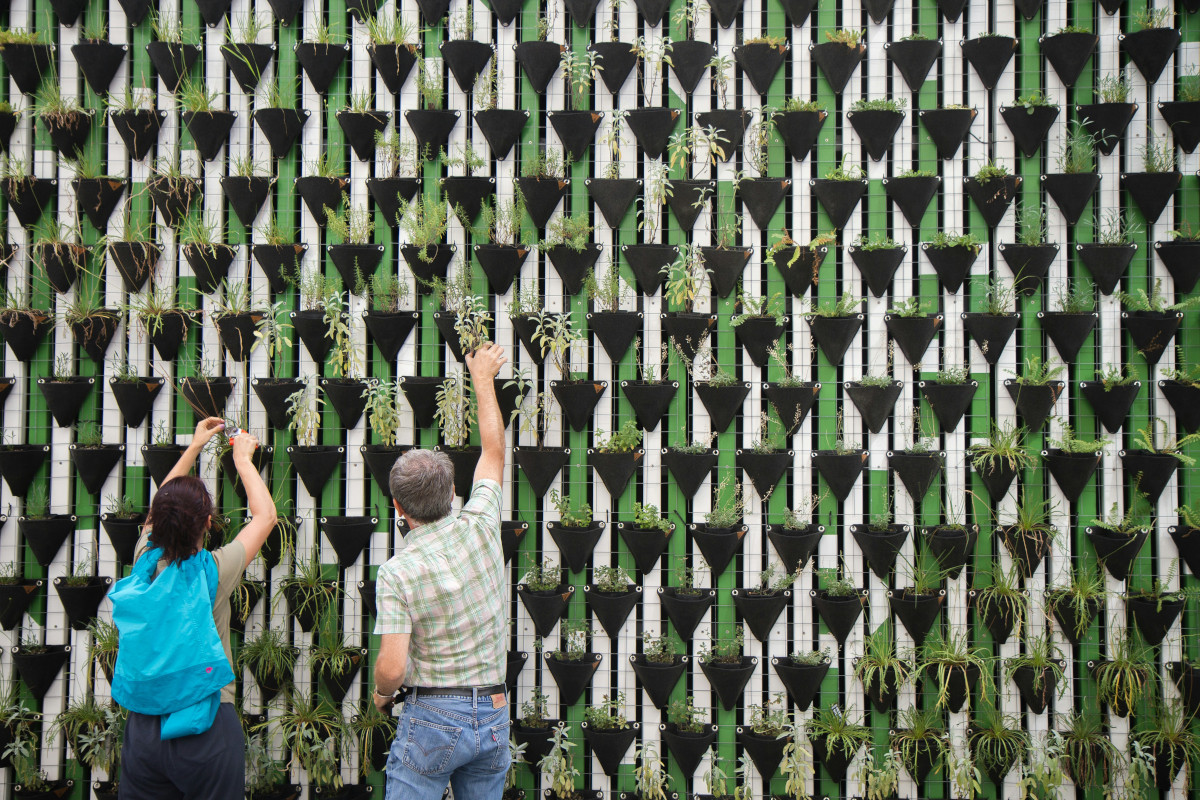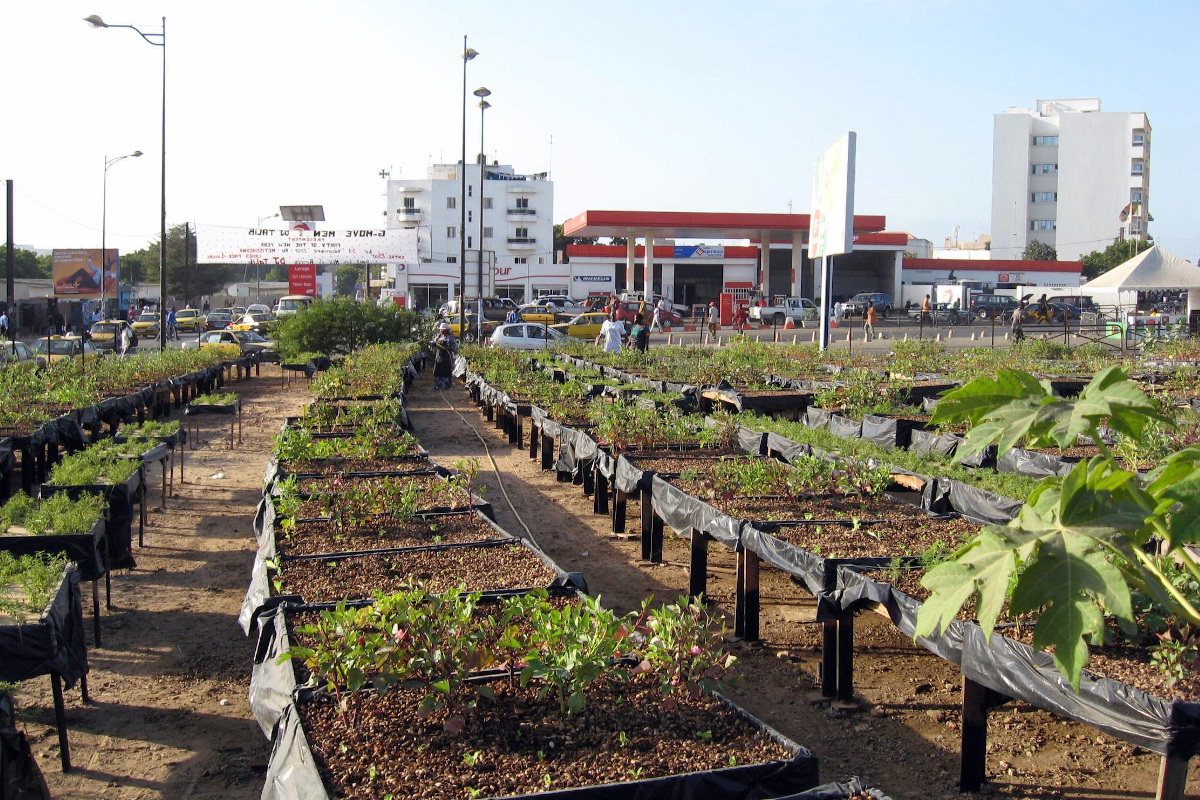
What do cities have to gain from investing in urban agriculture?
24 of October of 2024
Dakar’s bustling streets end at the westernmost point of continental Africa. This position, open to the waters of the Atlantic Ocean at the tip of the Cape Verde peninsula, has led Senegal’s capital to create a large port and to benefit from maritime traffic for centuries. But being located in such a particular enclave also has other consequences.
One of them, visible to the naked eye, is the inability to continue to grow. Dakar faces unique urban challenges due to the fact that much of the city lies on a peninsula: in 2018, 35% of the city was devoted to arable land; however, over recent years the population has increased by more than a million people and new residents have been taking over the space that was previously used for gardens.
To prevent the city from losing its green spaces and crops, the local government has launched different projects to promote the creation of urban and peri-urban agricultural gardens. One of these is based on micro-gardening to ensure food security, create new jobs and promote environmental education.
Initiatives like this one in Senegal, although with different characteristics and objectives, can be found in cities all over the world. In recent years, Boston, Havana, Beijing, New Orleans, Paris, Arusha, Tegucigalpa and Quito have been the scene of urban and peri-urban agriculture projects, solutions that are increasingly in demand to meet the present and future challenges of cities.
What are the advantages of urban agriculture?
According to the United Nations, the world’s population is expected to reach 9.7 billion by the middle of this century. If the projections are realized, 70% of people will live in cities and urban areas in low-income countries in Africa and Asia. In other words, only three out of ten people will live in rural areas. The rest will live in increasingly crowded and, in many cases, saturated cities.
To meet the challenges of feeding a growing urban population without compromising the resources and health of the planet and its inhabitants, effective measures need to be taken. As the Food and Agriculture Organization of the United Nations (FAO) points out, one of the keys lies in getting cities to produce their own food.

Person holding fresh harvested food. Markus Spiske (Unsplash)
Urban and peri-urban agriculture is emerging as one of the major solutions to feed growing urban populations and ensure proper nutrition. But urban gardens have many other advantages: they promote short and efficient supply chains, reducing the loss and waste of food; they boost the economy by creating new jobs and promoting agritourism; they promote social cohesion and open up new educational options, among many others.
Activities linked to urban and peri-urban agriculture range from gardening in domestic spaces to commercial production and community initiatives. And it is certainly not a new concept: for centuries, agriculture was part of the lives of cities. Industrialization and growth caused this activity to be displaced to rural areas, but in recent decades it has been recovering. Today, urban agriculture is part of the agricultural and urban strategies of many governments.

Urban agriculture tends to use urban spaces such as the roofs or walls of buildings. Daniel Funes Fuentes (Unsplash)
However, urban and peri-urban agriculture projects also face significant challenges. These include the difficulty of dedicating space to this activity instead of other activities that are more lucrative in the short term or the lack of resources to make them a reality.
What is the map of the impact of urban agriculture in cities?
In Dakar, micro-gardening initiatives have improved the quality of life of a growing population, especially those most affected by food insecurity. They have also managed to increase green spaces and infrastructure, contributing to improving both people’s health and the quality of the air and the environment.

Urban farming in Dakar. GlobalHort Image Library (Flickr)
As explained by the FAO, micro-gardening as implemented in the Senegalese capital also creates a more resilient environment to the consequences of climate change. It is a practice that uses very little water, contributes to creating more green spaces, and reduces greenhouse gas emissions (e.g. by eliminating the need to transport food produced over long distances).
‘The micro-garden is also a learning space, where children learn how to become eco-committed citizens and increase their knowledge about the importance of environmental conservation and sustainable development,’ FAO added.
In other cities, urban agriculture is closely linked to infrastructure. This is the case of Bangkok, Thailand. One of the many rooftops in the city’s commercial area is the setting for the Siam Green Sky project, an agricultural and learning center that also aims to be a benchmark and a showcase for the advantages of urban gardening.
The center organizes education and awareness workshops and its crops include all kinds of species, including some rare native plants that are increasingly difficult to find in Bangkok. One of the lessons to be learned from this project is how the presence of green elements benefits the building itself: the gardens can reduce the temperature indoors by up to 4°C and, when it rains heavily, they channel the water.
In Daegu in the Republic of Korea, another project launched by the government has reduced the temperature of the buildings in which it is located. In Quito, Ecuador, urban orchards have managed to preserve biodiversity. And in Paris, France, the development of urban agriculture initiatives has contributed to maintaining the quality of the city’s water. Valuable lessons can be learned from their achievements (and those of so many other projects) in order to take urban agriculture initiatives to new territories.





There are no comments yet